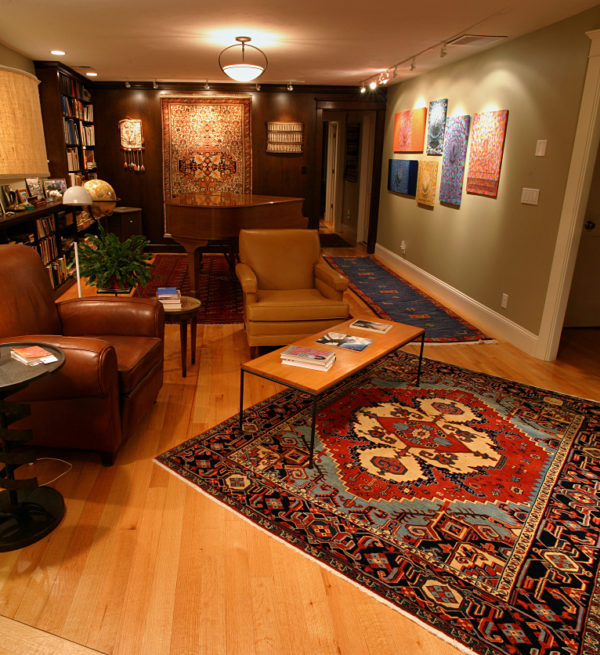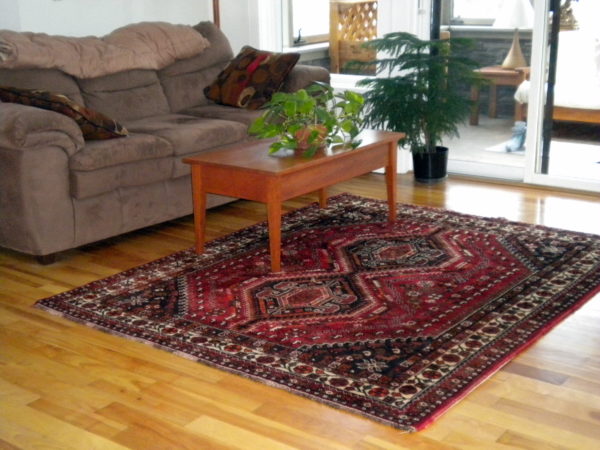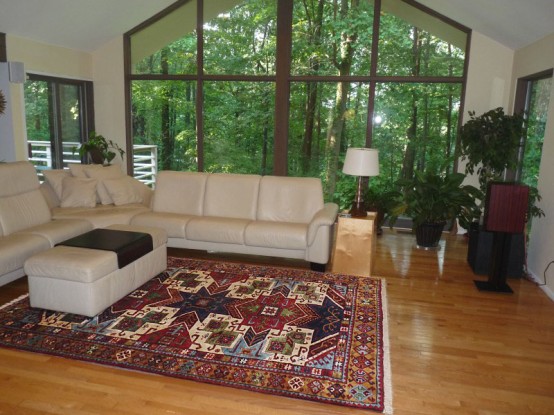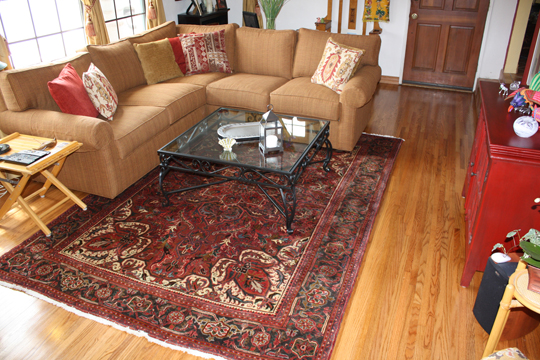Village Rugs
Village Persian Rugs
Village Persian rugs are rugs made by weavers that have settled down in one fixed location.
This type of Persian Rug is different from tribal rugs that are produced by nomadic weavers that move frequently in search for better pastures for their flocks.
While there may be differences in quality and style between the two types, the main point of distinction is whether they are made by settlers or nomads.
Traditional Persian rugs are also made by weavers that are settled in one location. However, they are different from village rugs in that they are made on order to certain specifications.
Village rugs on the other hand are made by individual weavers using their own creativity and the materials available on hand.
How Village Persian Rugs Are Made
Village Persian rugs are traditional Persian rugs handmade by skilled artisans in villages across Iran. These rugs are known for their intricate designs, vibrant colors, and exceptional durability.
The process of creating a hand-knotted rug involves several steps. First, the wool or silk fibers are carefully washed and dyed using natural dyes made from plant and insect materials. Next, the weaver creates a detailed design for the rug, often based on traditional Persian motifs and patterns.
The weaver then ties individual knots by hand onto the warp threads that run vertically through the loom. This technique allows for complex designs and outstanding durability, making hand-knotted rugs highly prized and more expensive.
This detailed process can take months or even years to complete, depending on the size and complexity of the rug. Once the knots are tied, the weaver cuts the pile to create the raised surface of the rug.

Why Are Village Persian Rugs Produced In Smaller Sizes?
Most weavers make these rugs for their own use. A smaller size rug is much more practical and useful for them, which is why you find village Persian rugs in smaller sizes.
Distinctive Features Of Village Persian Rugs
Village Persian rugs typically feature geometric motifs made in bright colors.
The designs are more basic rather than intricate, resulting in a rustic-looking rug with fewer knots per square inch.
Weavers use wool that they’ve sheared from their own sheep and the dyes used are derived from all natural sources found in the surrounding area.

Here are a few of our favorite types of Village Persian Rugs:
Abadeh
Abadeh rugs have a closely cut pile creating a dense, compact looking rug that’s very hardy and durable.
These rugs typically feature traditional Persian designs such as Herati, Zal al-Sultan, vase and various stylized botanicals.
A popular design used in Abadeh rugs is the Heybatlu design, which consists of small medallions at the four corners framing a large central hexagonal medallion.
Azarbaijan
Azarbaijan rugs feature an array of colorful motifs put together thoughtfully to narrate the weaver’s story. Weavers use advanced weaving techniques and superior materials, resulting in a high quality rug.

Hamadan
Hamadan rugs feature prominent geometric patterns, most commonly the all-over boteh or herati design or the medallion-and-corner design. These single-wefted rugs are created using the symmetrical Turkish knot.
Heriz
Oversized corner medallions that frame a large medallion in the center is one of the most characteristic features of Heriz rugs.
Other distinguishing features include the double and sometimes triple outlining of the motifs, darker color schemes and elaborate designs that fill every inch of the surface.

Kilim
Kilims are absolutely flat rugs that don’t have a pile. They are made using a flat weaving technique that involves interweaving the wefts and warps while packing the weft tightly to cover the warp completely. These rugs usually feature bold geometrical designs in bright colors.
Related Categories
Oriental Rugs | Persian Rugs | Wool Rugs | Traditional Rugs | Silk and Wool Rugs | Tribal Rugs